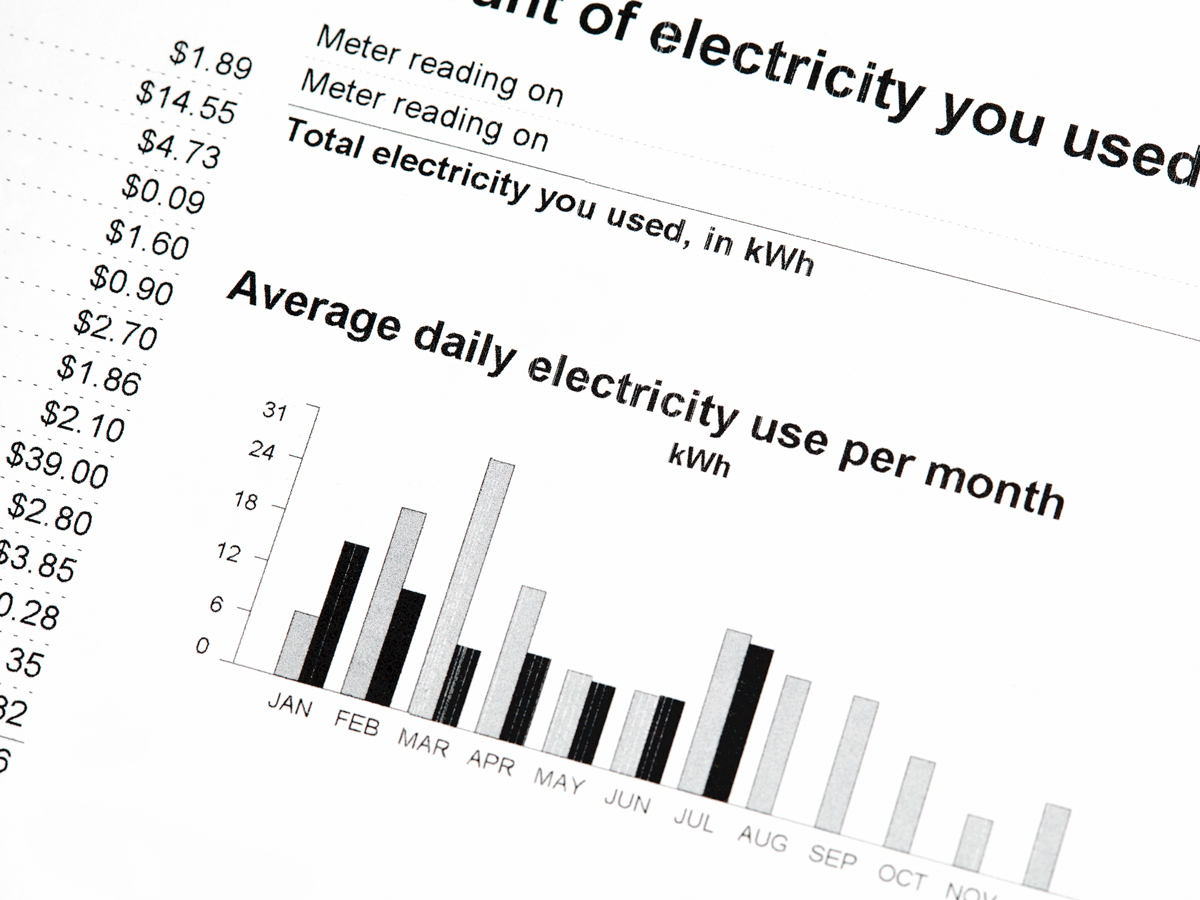Energy literacy – why it’s important

It is not at all surprising that the average Ontario resident spends less than ten minutes per year thinking about their energy bills. Energy has remained ‘out of sight and out of mind’ for the majority of Ontarians, despite being so critical to our day-to-day lives. This is largely because the energy supply in Ontario has historically been inexpensive and reliable. Much of the credit belongs to earlier generations who invested significantly in a first-class energy infrastructure system in the post-WWII era. Most Ontarians now perceive access to energy as a basic right. This is a good thing. However, we must be careful not to be lulled into a false sense of security about a commodity that is the lifeblood of the modern economy. This is particularly important as more and more Ontarians move into rapidly urbanizing environments where infrastructure investments have often failed to keep pace with intensification.
The University of Calgary recently conducted two surveys exposing just how serious the energy literacy problem is in Canada. The findings confirm that energy literacy is consistently low among (PDF file) households (external link, opens in new window) , (PDF file) business leaders and policy makers (external link, opens in new window) . These are worrisome trends at a time when we must make significant new investments in infrastructure. For example, electricity utilities must invest $16 billion (external link, opens in new window) over the next 20 years to maintain existing networks and an additional $4 billion to expand their networks to serve new customers. They will be replacing aging and obsolete hardware with new, automated infrastructure, commonly known as smart grid technology, demonstrated in the diagram above. Other trends such as urbanization, concerns about climate change and the environment, rising energy prices and global competitiveness, among others, are also significantly influencing the supply and demand of energy. Trends in the oil and gas sectors only add complexity to a situation that is already difficult to understand.
Much of the confusion about energy is rooted in pricing. Take electricity for example. Typically, Ontarians are confronted with bills that are difficult to understand, weeks after the electricity has been consumed. A recent blog (external link, opens in new window) by the Environmental Commissioner of Ontario confirms that current pricing information continues to confuse the general public.
There is clearly a need for improved methods to engage consumers. Information posted by the Independent Electricity Systems Operator or (IESO), the agency that balances the supply and demand of electricity in Ontario, displays useful information about the breakdown of the price of electricity (external link, opens in new window) . Consumers pay the combined total of the hourly price and the global adjustment. When compared to an electricity bill (external link, opens in new window) , however, the pricing scheme becomes much more difficult to understand. There, you can see the time-of-use rates broken down under the electricity charges. Delivery, regulatory and debt retirement charges also appear on the bill. Many experts and consumers argue that customers would benefit significantly from more detailed and frequent information about their bills.
In a recent (PDF file) speech (external link, opens in new window) delivered to the Ottawa Chamber of Commerce, Rosemarie Leclair, the Chair and CEO of the Ontario Energy Board (OEB), explained why Ontarians would benefit from improved energy literacy.
“An energy-literate consumer is one who understands how the retail market works. An energy-literate consumer opens their bill, and easily understands what they are being charged for and why. Not only will that help them better see that ‘value proposition’, better understanding the energy they use will empower consumers to make better decisions around how and when they use energy. It means making sure they know how to get involved – whether that’s having a say in their utility’s latest application for a rate increase, or having a say in energy plans for the future.”
Utilities have responded to the need to improve energy literacy by providing ratepayers with access to their smart meter data. The Green Button Initiative (external link, opens in new window) , now available to roughly half of Ontarians, is one way utilities are working to enable their customers to better understand their energy usage.
Third party entities, such as app developers, also see the opportunity to improve energy literacy. Powercents (external link) is an app available to Ontario electricity consumers, providing them with information about prices and allowing them to control their consumption. The Centre for Urban Energy is also supporting a research project related to energy literacy. Ryerson University PhD candidate, Runa Das, is currently working on developing an instrument to measure energy literacy. She will be examining a range of energy literacy issues including how we understand forms of energy, pollution, climate change, attitudes and behaviours toward energy, among others. Das hopes to find gaps in the current understanding of energy literacy to enable utilities to narrow their focus and ultimately improve their service – a critical step in enabling Ontario to maintain a reliable, world-class energy infrastructure system.